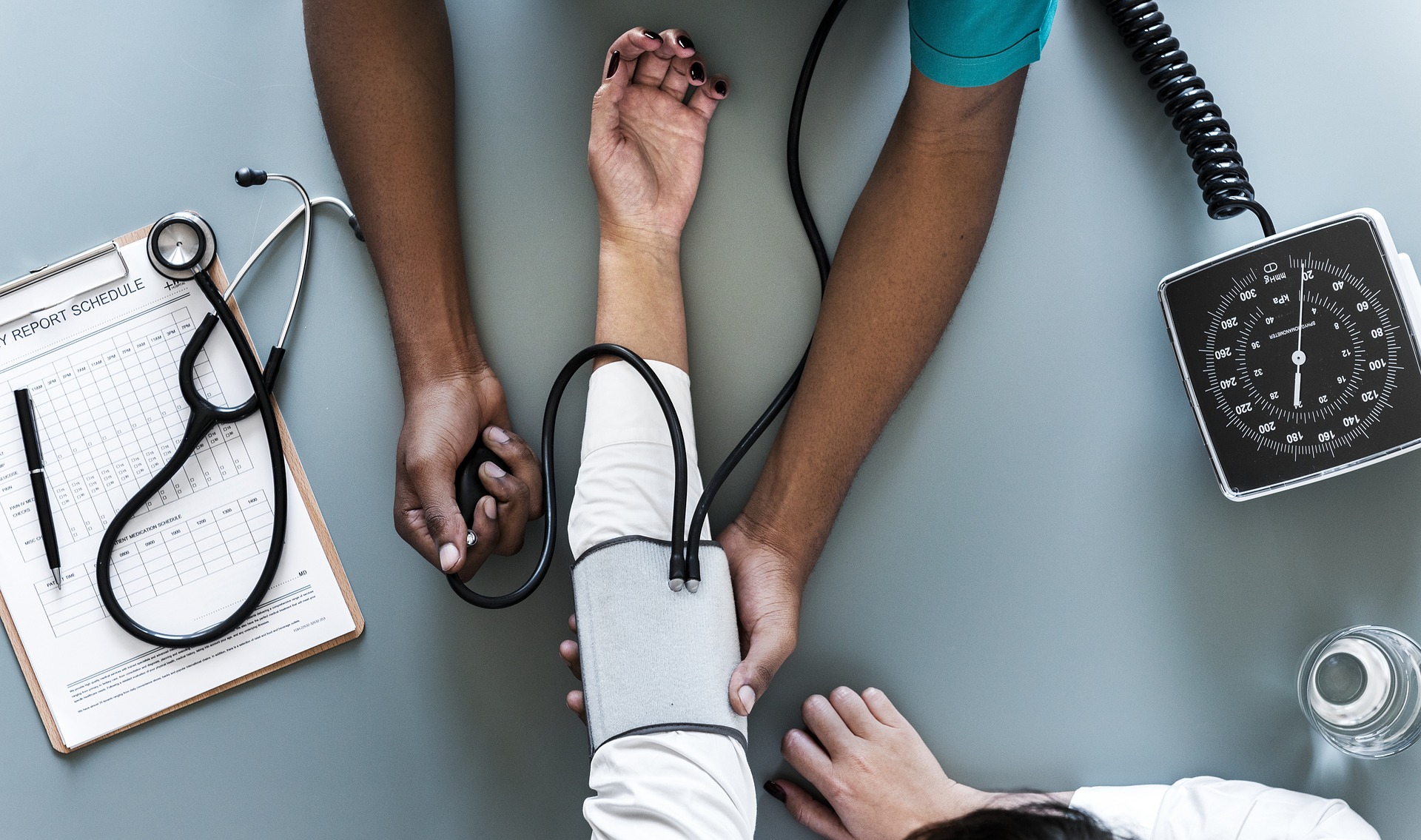
At least 3 blood pressure measurements needed for accurate diagnosis

At least three repeated measurements of blood pressure during a clinic visit is required to reduce inaccurate classification of a patient’s true condition and prevent misdiagnosis, a recent study has stated.
The study, recently published in the Journal of Human Hypertension, was conducted by researchers at Public Health Foundation of India (PHFI), AIIMS, New Delhi, and the Economics and Planning unit of the Indian Statistical Institute. Either due to patient load or lack of awareness among physicians, often single blood pressure measurement is used to diagnose and manage hypertension. This results in many people being diagnosed as having high blood pressure and often receive treatment they may not need. The study found 63% higher prevalence of hypertension when estimated through a single blood pressure measurement, compared to an average of multiple measurements.
This has implications for India’s newly launched National Health Mission in India under which the health and wellness centres (HWC) play a pivotal role in detection and management of non-communicable diseases, especially hypertension. During the study, the authors observed that the median difference in Systolic Blood Pressure (SBP) and Diastolic Blood Pressure (DBP) increased as measurements moved to higher blood pressure categories. This indicated the importance of repeating measurements especially in individuals with a high first blood pressure reading.
Dr Dorairaj Prabhakaran, vice-president, Research and Policy, at PHFI and one of the main authors of the study said, “There is a need to ensure accuracy in diagnosis and management of hypertension. It is vital that clinical guidelines recommend uniform evidence-based methods of arriving at final clinic BP,” adding, “Given that community health workers, Asha workers or NCD care coordinators are likely to measure blood pressure initially, protocol guidelines should emphasize the importance of measuring BP thrice to prevent misdiagnosis and unnecessary commencement of hypertensive treatment in patients who only need to be encouraged to adopt a healthy lifestyle,” Prabhakaran said.
Dr Ambuj Roy, a professor in the Department of Cardiology, AIIMS, and another author of the study said, “In India, most physicians rely on a single BP measurement due to time constraints and in view of high clinical load in most health facilities. It is well known that BP varies from moment to moment with respiration, emotion, exercise, meals, tobacco, alcohol, ambient temperature, bladder distension, and pain.”
“Medical practitioners must be encouraged to adopt the practice of repeated measurements in the same visit with the mean of the second and third measurements being the clinic BP, especially in patients with high blood pressure. This will prevent mismanagement and misdiagnosis of patients,” Dr Roy added.

